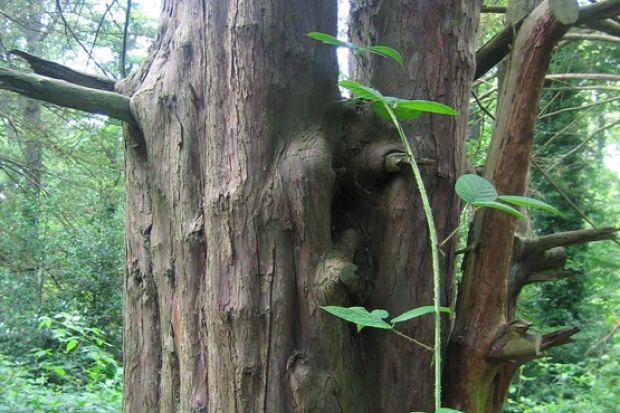After nearly a decade of work, an international team of earthquake scientists has produced the first estimates of seismic hazard levels for the entire world.
At a meeting of the American Geophysical Union yesterday, the team's leaders unveiled a new global map assessing many of the better- known danger regions, such as California's San Andreas Fault and the Big Island of Hawaii.
But the map also incorporates many far more remote and little- known areas such as the tangle of new nations north of the Himalayan plateau in south-central Asia where the Soviet Union once held sway and the dangerous border region between China and Burma.
Domenico Giardini, director of the Swiss Seismological Service who led the project, and Kaye M. Shedlock, his colleague from the U.S. Geological Survey in Golden, Colo., said the project involved hundreds of scientists and engineers from around the world.
It was launched by the United Nations 10 years ago as part of the U.N.-sponsored International Decade for Natural Disaster Reduction. The map, with regional close-ups and detailed descriptions of the hazard levels, is available on the Internet at www.seismo.ethz.ch/GSHAP.
In 1992 scientists were recruited from virtually every nation where earthquakes had struck to gather the best estimates of hazard levels. More than 60 regional workshops estimated the probabilities for ground shaking in their regions, and those estimates were then scrutinized by more international experts.
The scientists used a common measurement of ground shaking known as peak acceleration. It is the same as G-forces that astronauts use to measure the force of gravity. Astronauts undergo three to five Gs during blast-off, while even the most powerful earthquakes seldom exceed a peak acceleration of one G.
The map's estimates of future ground shaking range from ``very low'' hazards through ``moderate'' and ``high'' to ``very high.'' Most regions of the world's continents have few or no seismic hazards, but in a small number, dangers are extremely high.
Hazards are high all around the ``ring of fire,'' where volcanic eruptions and major earthquakes circle the Pacific Rim from the southern tip of South America through Alaska, eastern Siberia and down through Japan and the Philippines to New Zealand, the report notes.
Those nations lie on the edges of great slabs of the Earth's crust that are constantly in motion -- either sliding past each other as the Pacific plate and North America do along the San Andreas or diving under each other in a process called subduction, which generates the great earthquakes that so frequently ravage Japan.
Earth scientists have long known that for millions of years the great subcontinent of India has been moving inexorably northward. Its ponderous motion crushes endlessly against the Asian continent and thrusts the high Himalayan Mountains ever upward to create great networks of long and dangerous seismic faults north of those mountains.
It is there that the hazards are among the highest in the world, according to Giardini and Shedlock. From northern Tibet and Afghanistan to newly independent nations such as Uzbekistan, Tajikistan and Kyrgyzstan, the land is in almost constant upheaval and major quakes have struck over and over for millennia.
Compiling the hazard estimates, Shedlock noted, has demanded every technique available, including the most modern scientific instruments, ancient records maintained in China, and even the Bible, where the Book of Revelations recalls a ``great earthquake'' that struck a mountain pass called Armageddon.
Today those high hazard levels pose major risks to many areas of the world where building standards are low or nonexistent, Giardini said, and also to many of the world's ``megacities'' with huge populations but inadequate building codes.
